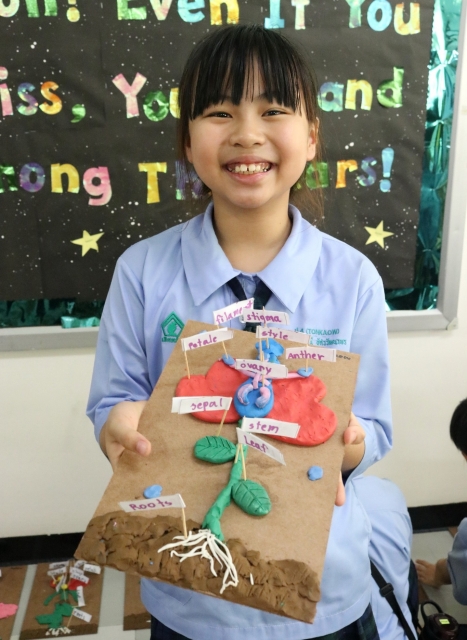กิจกรรมการเรียนรู้เรื่องวงจรชีวิตของพืชดอก
The Life Cycle of Flowering Plants: A Journey from Seed to Bloom
The fascinating life cycle of flowering plants unfolds through several distinct stages, each playing a crucial role in the plant's development. It all
begins with germination, where a seed absorbs water, swells, and sprouts, giving rise to a young seedling. As the seedling grows, it develops essential structures: roots to anchor and nourish the plant, stems to support and transport nutrients, and leaves to harness sunlight for photosynthesis.
Once the plant reaches maturity, it produces flowers, which house its reproductive organs. Pollination—often aided by wind, water, or pollinators such as insects and birds—transfers pollen from the male anther to the female stigma. Fertilization occurs when pollen successfully reaches the ovule within the ovary, resulting in the formation of seeds.
These seeds, often enclosed within fruit, are then dispersed through various methods, including animals, wind, or water, finding new locations to grow. Under the right conditions, these dispersed seeds germinate, and the life cycle begins anew, continuing the incredible journey from seed to bloom.

 facebook
facebook